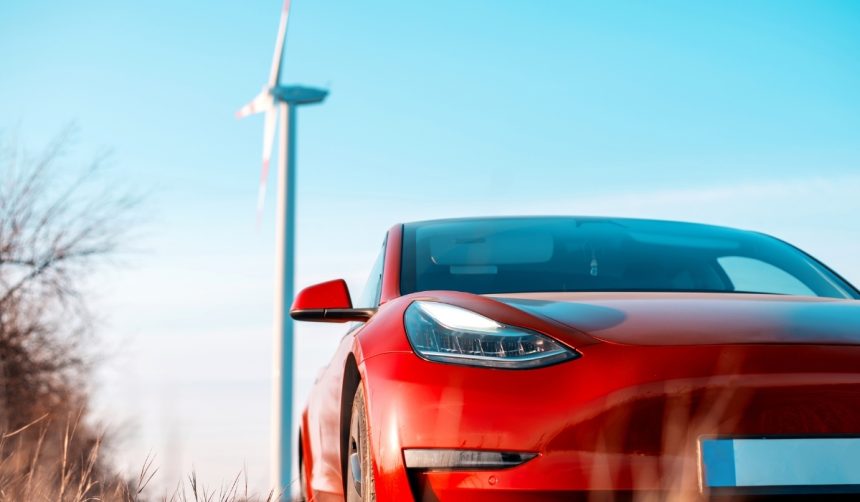Tesla has launched new Standard versions of its Model 3 and Model Y, aiming to expand accessibility to electric vehicles. The announcement has sparked a broad reaction from both current owners and potential customers, with ongoing discussions about affordability and value. While Tesla presented the Standard Model 3 at $36,990 and the Standard Model Y at $39,990, many consumers argue these prices do not fully address affordability concerns that have been growing in the EV market. The company positions these trims as a strategic move for boosting quarterly sales, especially targeting new buyers entering the Tesla ecosystem.
Throughout the last few years, consumer expectations for Tesla’s entry-level vehicles have evolved. Earlier discussions frequently speculated that Tesla would introduce models closer to or below $30,000—closer to the threshold commonly accepted as “affordable” for mass-market buyers. Other EV makers, such as Chevrolet, have shifted their strategies to meet those price points, further shaping consumer expectations. The new launches now challenge both perceptions and competitor trends, suggesting Tesla is prioritizing a broader approach to overall market presence over ultra-low pricing.
Do New Buyers Find Value in Standard Models?
For individuals purchasing a Tesla for the first time, the lack of certain premium features may not outweigh the attraction to the base price and Tesla’s design. These customers might value the core features and brand experience even at current price points. Tesla commented,
We believe the Standard Model 3 and Model Y offer unmatched value for those entering the electric vehicle market.
For long-time followers and existing customers, who may expect upgraded technologies and comfort features as standard, the latest variants could appear less appealing, pushing them towards higher-trim options.
Are Standard Models Truly “Affordable”?
Official pricing for both new trims falls below the U.S. average transaction price for vehicles, which stood at over $49,000 in August according to Kelley Blue Book. However, definitions of affordability vary. Many customers—particularly first-time buyers or low-income households—continue to highlight the gap between desired pricing and Tesla’s current offerings, as many equate “affordable” with vehicles below the $30,000 threshold. Tesla has responded to concerns, stating,
We are focused on providing quality electric vehicles across a range of price points to reach more drivers.
Are Standard Trims a Stepping Stone or an Upsell?
The pricing strategy mirrors earlier situations such as with the Cybertruck RWD, where value-conscious shoppers ultimately gravitated towards higher-spec versions due to smaller price differences. Standard trims may serve to guide buyers toward premium variants, which offer more features for a moderate additional cost. At the same time, the Standard versions still broaden Tesla’s portfolio, adding options for buyers who do not prioritize extra amenities.
Tesla’s decision to price its Standard Model 3 and Model Y just below the national average suggests a continued approach aimed at mainstream buyers rather than ultra-budget audiences. By maintaining quality features and a recognizable brand experience, Tesla appeals both to new adopters looking for value and established customers seeking upgrades. With competitors increasingly targeting lower price segments, consumer interest in vehicles below $30,000 remains strong. Those considering an EV purchase should weigh desired features against price and consider incentives that may further reduce costs. Understanding the nuances of trim levels, feature packages, and total ownership cost will be essential for making an informed buying decision in the expanding EV market.










